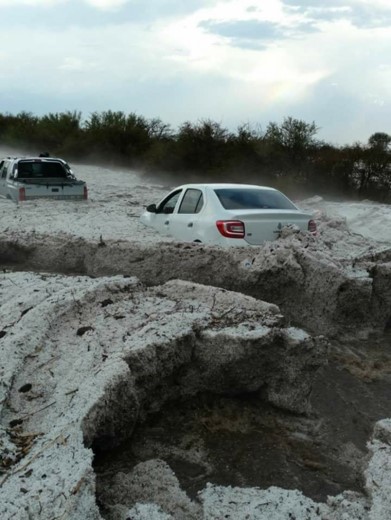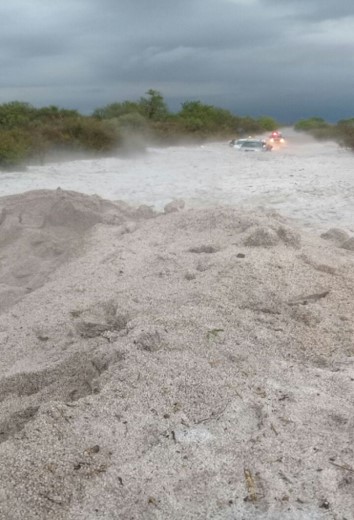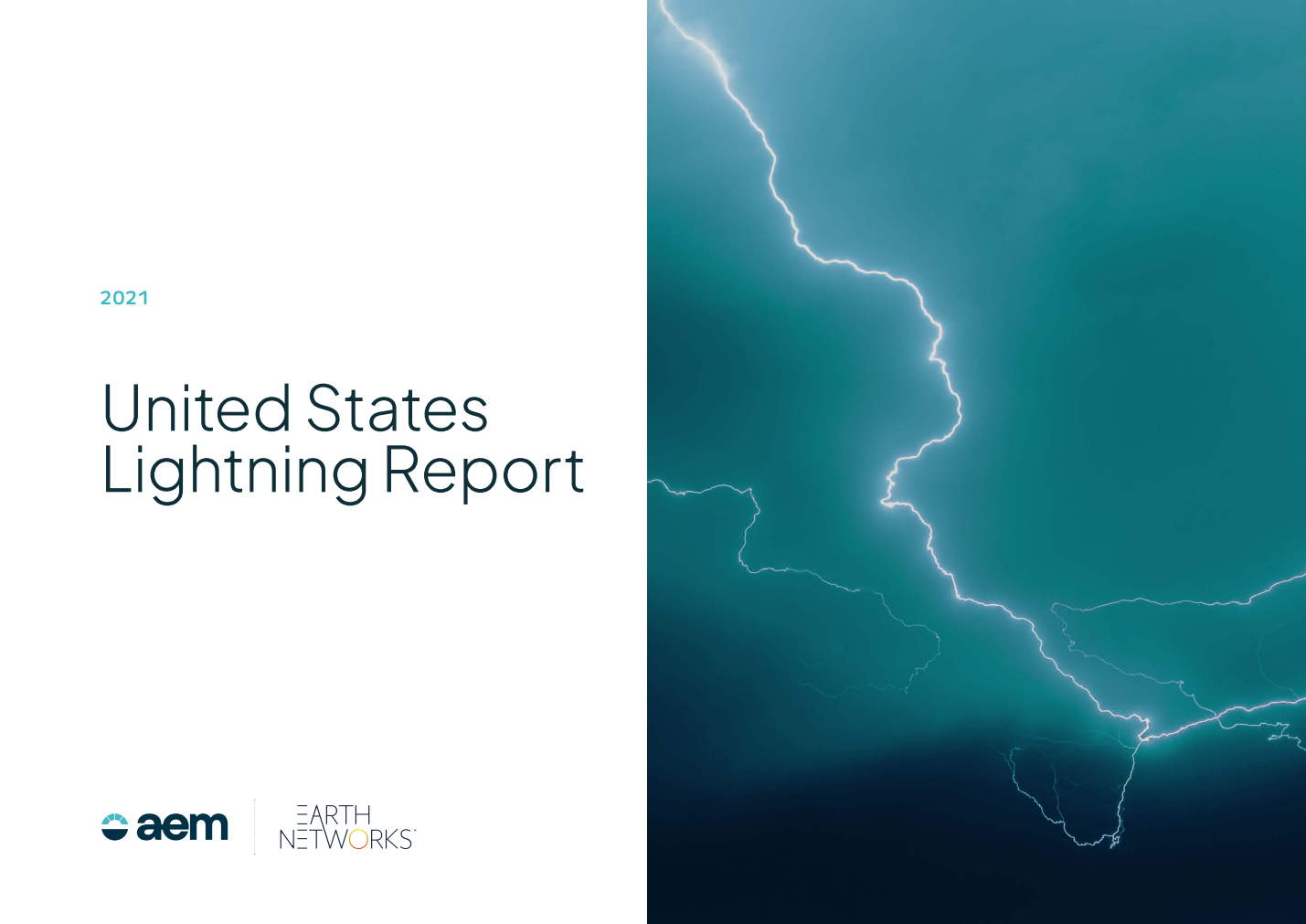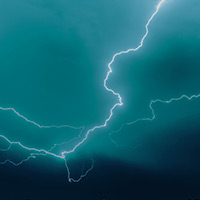Dangerous Argentina weather in frozen form.
Hail Storms In Formosa
While it's Fall in the U.S., it's Spring in South America. Spring is the stormiest season for South America.
During October 2017, back-to-back hail storms impacted Argentina. Hail storms can dump feet of ice on the ground in a short period of time.
The hail damaged structures, injured people, and completely blocked roadways.

The storms occured on 25 and 26 October. The first storm dropped hail as big as 9 centimeters in diameter onto the city of Formosa. It damaged more than 1,000 buildings and caused at least one injury.

The next day, a similar storm in La Cruz dumped 5 feet of hail in just 15 minutes.
Argentina Weather: Severe Weather Report
Our lightning detection network detected over 100,000 in-cloud and cloud-to-ground lightning strikes. You can see the path of these lightning strikes in the video below. The purple strikes are in-cloud discharges. The yellow trikes are cloud-to-ground discharges.
[video width="1114" height="676" mp4="https://www.earthnetworks.com/wp-content/uploads/2017/11/lightning-srtikes-october-25.mp4"][/video]
In-cloud lightning strikes bounce from cloud-to-cloud and make up nearly 80% of all lightning strikes. Cloud-to-ground lightning strikes are the dangerous kind that can zap power grids and even kill people. The best lightning sensors will detect both.
The hail formed as severe thunderstorms developed in the area. These storms were the result of high and low pressure systems coming together. The video below shows the severity of these storms. The purple polygons are part of our severe weather tracking capabilities. They are called Dangerous Thunderstorm Alerts.
[video width="1114" height="676" mp4="https://www.earthnetworks.com/wp-content/uploads/2017/11/dtas-and-cell-tracks-10.25.mp4"][/video]
We send out Dangerous Thunderstorm Alerts when our total lightning network detected a high frequency of total lightning. Total lightning is key to forecasting storms. They are also key to predicting other forms of severe weather, like tornadoes, high winds, and hail.
About Hail Storms
Ice pellets greater than 5 millimeters constitute hail. Cumulonimbus clouds produce hail. Unfortunately, hail can be a costly form of severe weather. This is because it is heavier than any other forms of precipitation. Last May, a hail storm in Denver caused over $1 billion U.S. dollars of damage.






